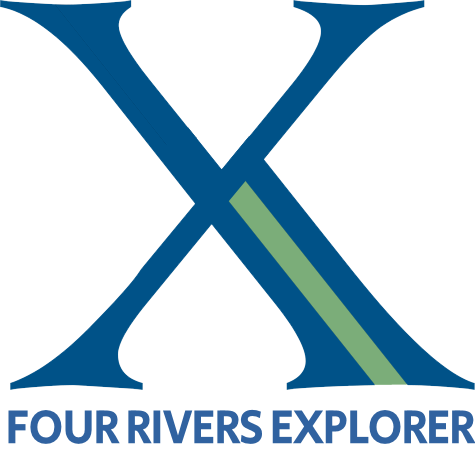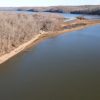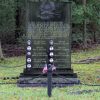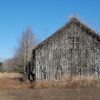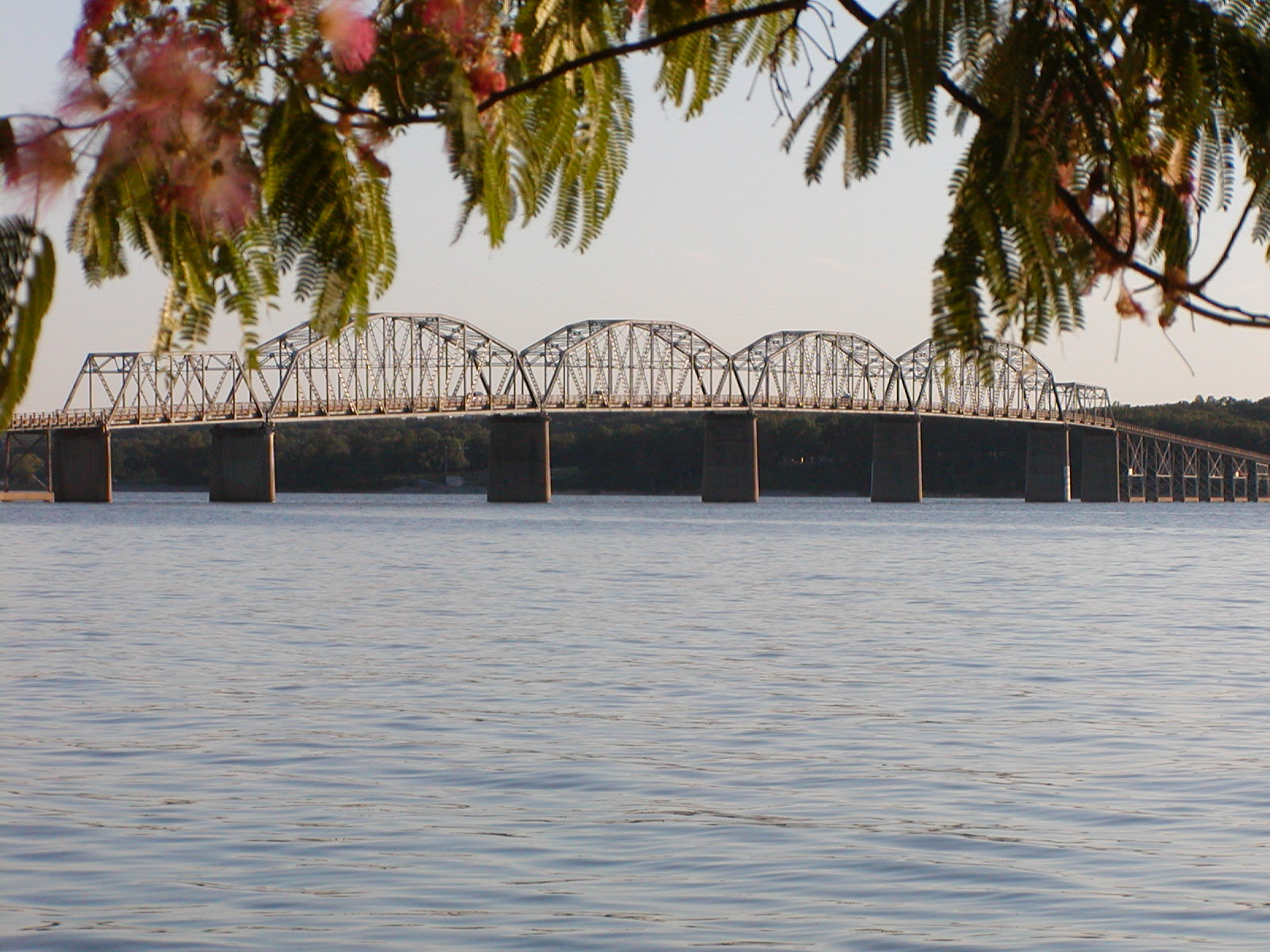
Prior to the 1920s highway bridges crossing large rivers were almost non-existent in rural America. The reason for this is most highways, as we know them, simply didn’t exist. And the reason for that is not many people in rural America had cars.
If you wanted to travel a couple hundred miles or more, you did so by train. But if your town didn’t have a train, chances are you had to traverse down a poorly-maintained dirt road on a horse and buggy to get to a station.
Case in point, if you wanted to travel from Benton to Cadiz back in the day, rail wasn’t an option. Sure, you could hop on the NC&StL at the station in Benton and go to Paducah or Murray, but that’s the wrong way. So you’d take your horse and head to Aurora.
But wait… there’s the massive Tennessee River you have to cross. It’s too deep to ford and the current is too strong. If you want to get to Cadiz you’ve got to cross the river. So it’s time to find a ferry. Eggners Ferry, to be exact.
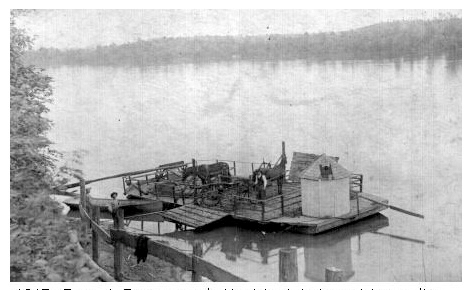
Ferries were very common prior to modern-day bridges. They provided a vital service connecting stagecoach routes and communities otherwise separated by a massive river. Several of them operated up and down the Tennessee River as well as the Cumberland River.
Eggners Ferry was one of those operations. It was located near Aurora and provided a way of crossing the river so you could carry on to Golden Pond, Canton, and then eventually Cadiz.
Ferries would carry just about anything they could put on them, but were typically small in size. Horses, stagecoaches, donkeys, goods, people who were walking, the few automobiles that did exist in this area could be spotted on these ferries.
As technology, manufacturing and the economy progressed, more people were purchasing automobiles throughout the 1920s. The old dirt roads weren’t really suitable for autos and congestion would be a future problem at ferry crossings.
With the stock market crash of 1929 followed by the Great Depression, the US and state governments began pouring billions of dollars in infrastructure improvements throughout the country to stimulate the economy. New, modern roads with hard surfaces and bridges were being built all over the place.
US 68 was planned to go through Cadiz and Benton along an existing, mostly unimproved road. Toll bridges were planned for the Tennessee River at Aurora and for the Cumberland River at Canton.
The new bridge carrying US 68 across the Tennessee River opened on March 25, 1932. It was known as Eggners Ferry Bridge in honor of the ferry that once operated there. The Cumberland River bridge at Canton was constructed near the same time. The new road from Benton to Cadiz was mostly paved and now had two modern bridges.
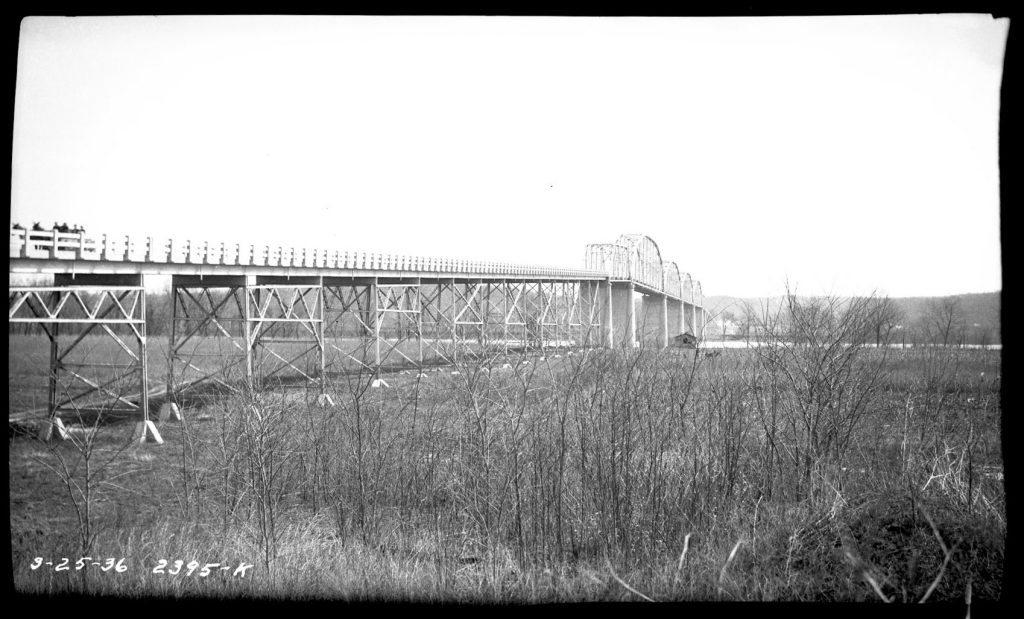
If you’re on horseback, the 35 mile trip from Benton to Cadiz would literally take all day. Now, with a new road you could take a 1930s’ vehicle and do the trip in under an hour.
To put that in today’s perspective, it’s like getting in your own personal aircraft and flying 700 miles per hour from Benton to Cadiz. It would take three minutes. That was the difference between traveling in 1920 and, say, 1935.
Lobbying and rumors of a large dam on the Tennessee River had been going on for years, even before the modern bridges and highways were built. The Tennessee Valley Authority, a New Deal program to help get the US out of the Great Depression, was building dams all up and down the Tennessee River.
TVA had originally planned to build Kentucky Dam at Aurora, but moved it downstream to Gilbertsville due to geological reasons. Construction began on the dam in 1938 and was completed in 1944, creating Kentucky Lake.
When the dam was being built, the impact was very significant. Hundreds of families had to be relocated, cemeteries moved (some were not, however), and dozens of miles of roads and railroads had to be rerouted.
One of the bigger projects was the raising of Eggners Ferry Bridge. Instead of tearing down the relatively new structure (it was only 12 years old at the time), they decided to raise it 22-25 feet. Workers shut the bridge down for a few months in late 1943. They worked hard and long hours to get the bridge raised and back open as quickly as possible.
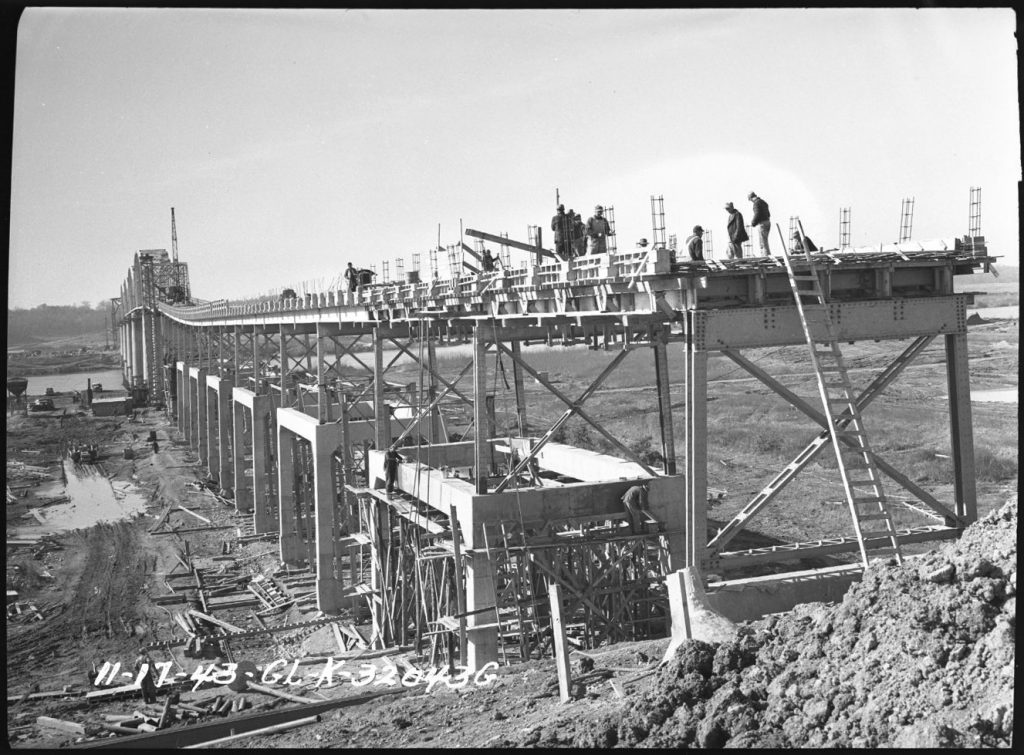
In February 1944, the new bridge opened, and tolls were removed shortly afterwards. There was a lot of pomp and circumstance surrounding this engineering feat, with an article from a local newspaper detailing all the dedication of the new bridge.
Eggners Ferry Bridge served faithfully for many decades until one night in January 2012. A large cargo ship called the Delta Mariner was off course and hit one of the spans of the bridge, collapsing it across the ship’s bow. Amazingly no one was killed or injured; no vehicles plunged into the water.
Over the next few days officials began to try to figure out what to do to get the bridge back open. Some suggested even reestablishing a ferry at the site, an ironic twist of fate for the bridge.
Replacement of the span as quickly as possible was top priority. The project was done in just four months at the cost of $7 million.
Years before the Delta Mariner accident, work had already begun to completely replace Eggners Ferry Bridge. The 84-year old structure had become “functionally obsolete” despite its structural soundness. With the lanes only 10-feet wide, semi-trucks, which didn’t exist in 1932, could not meet on the bridge without breaking their mirrors.
One business owner in Aurora once said he would see semis pull in his parking lot with broken mirrors on a monthly basis. Truck drivers who know the bridge will typically stop on the bridge if they meet an oncoming semi and attempt to slowly get by them. Some will even fold in their mirrors before crossing.
Today, that is no longer a problem. The new Eggners Ferry Bridge partially opened for traffic on April 8, which meant the old Eggners Ferry Bridge had seen its last civilian vehicle.
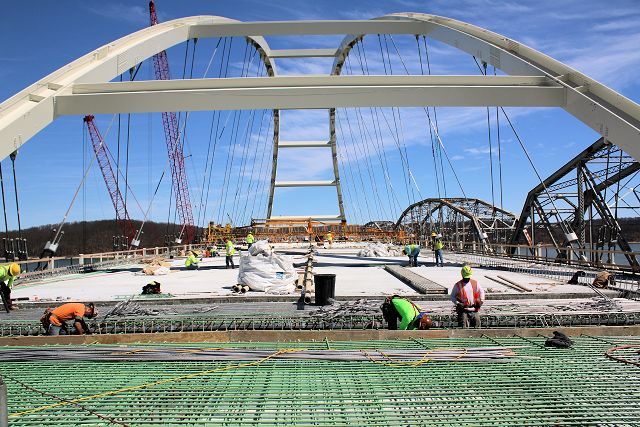
The new bridge will be fully operational later this year. It will have four 11-foot lanes with a median barrier. It will also feature a 10-foot bike/hike path along the southern side of the bridge. For safety, the path will be lit.
The old bridge will be demolished, leaving virtually no trace of the venerable structure.
Technological advances and transportation improvements have drastically changed not only our lives, but the landscape of western Kentucky as well. It’s a great thing to honor the memory of not just Eggners Ferry but all the ferries that people depended on prior to bridges.
